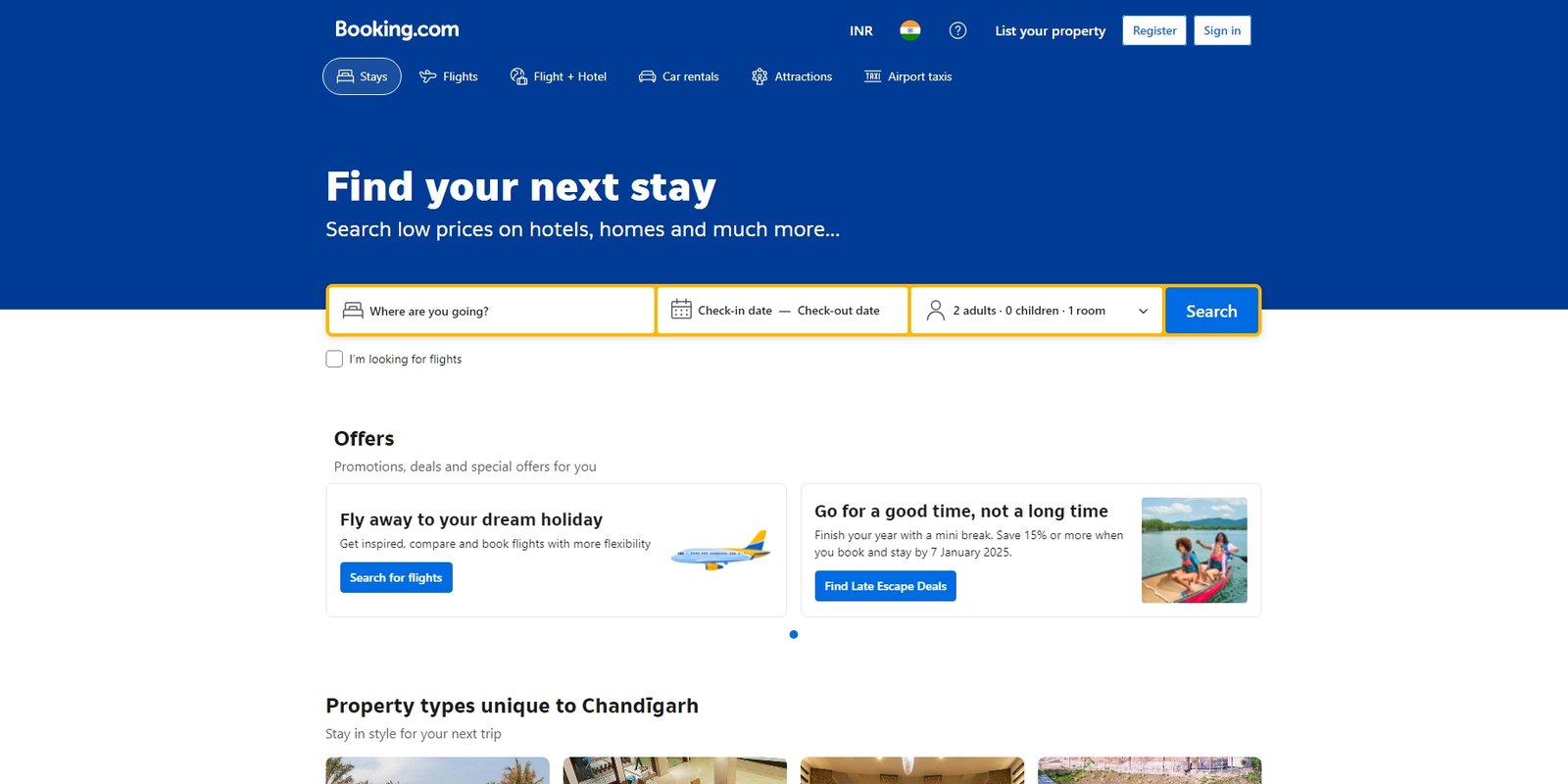In today’s fast-paced digital landscape, understanding your users’ needs is paramount for creating an exceptional user experience (UX). Data-driven insights have emerged as a crucial tool for product designers and developers looking to enhance their offerings. By leveraging analytics, user feedback, and behavioral data, companies can significantly improve their products and drive user satisfaction. In this blog post, we will explore the importance of data-driven design and present a compelling success story that demonstrates its effectiveness.
The Importance of Data-Driven Design

Data-driven design relies on real user data to inform design decisions, ensuring that products meet user needs and expectations. This approach contrasts with traditional design methods that often rely on assumptions or subjective opinions. By prioritizing data, businesses can identify pain points, optimize user journeys, and ultimately create products that resonate with their target audience.
Key Benefits of Data-Driven Design
- Improved User Satisfaction: By understanding user behavior through data, companies can tailor their products to better meet user needs, leading to higher satisfaction levels.
- Informed Decision-Making: Data-driven insights allow teams to make informed design choices rather than relying on guesswork. This can lead to more effective solutions that directly address user pain points.
- Enhanced ROI: Investing in data-driven design can yield significant returns. By optimizing UX based on real insights, companies can increase user retention and conversion rates, ultimately boosting revenue.
- Continuous Improvement: Data provides ongoing feedback that helps teams refine their products over time, ensuring they remain relevant and competitive.
A Success Story: Booking.com

Background
Booking.com is a leading online travel agency that allows users to book accommodations worldwide. Over the years, the company has faced intense competition in the travel industry, prompting them to continuously enhance their user experience to attract and retain customers.
The Challenge
Despite having a functional website, Booking.com noticed that many users abandoned their bookings. They needed to understand why users were not completing their transactions and how to optimize the booking process.
The Approach
To tackle the challenge, Booking.com implemented a data-driven UX optimization strategy:
- User Behavior Analytics: They utilized tools like heatmaps and session recordings to analyze user behavior on their site. This allowed them to see where users clicked, how long they stayed on certain pages, and where they encountered friction.
- A/B Testing: Booking.com is known for its extensive A/B testing practices. They frequently test variations of their homepage, booking forms, and call-to-action buttons. For example, they experimented with different wording for buttons (e.g., “Book Now” vs. “Reserve Now”) to see which generated more clicks.
- Feedback Mechanisms: The company actively collects user feedback through surveys and post-booking emails. They ask customers about their booking experience, identifying pain points and areas for improvement.
The Implementation
Based on their data analysis, Booking.com made several key changes:
- Simplified Booking Process: They streamlined the booking process by reducing the number of required fields and steps. This included offering a guest checkout option, allowing users to book without creating an account.
- Enhanced Search Filters: Booking.com improved their search functionality by adding more filtering options, enabling users to refine their results based on price, amenities, location, and customer ratings.
- Personalization Features: They implemented personalized recommendations based on user behavior, showing users relevant accommodations based on their previous searches and bookings.
The Results
As a result of these data-driven improvements, Booking.com saw significant enhancements in their UX, leading to:
- Increased Conversion Rates: The streamlined booking process led to higher completion rates, boosting overall sales.
- Higher User Satisfaction: User feedback indicated improved satisfaction levels, with many users appreciating the ease of use and speed of the booking process.
- Reduced Bounce Rates: The optimizations resulted in lower bounce rates, as users spent more time exploring accommodations and completing bookings.
Conclusion
Booking.com’s success story illustrates how a company can leverage data-driven insights to transform its user experience, leading to higher customer satisfaction and increased revenue. By continuously analyzing user behavior and making informed design decisions, they have maintained their competitive edge in the travel industry.
As businesses continue to navigate an increasingly competitive landscape, adopting a data-driven approach to design will be essential. For more insights on enhancing your product’s UX through data, consider reading resources such as Nielsen Norman Group or UX Design Institute.
By prioritizing user insights, you can create products that not only meet but exceed user expectations, ultimately driving success and growth in your organization.



